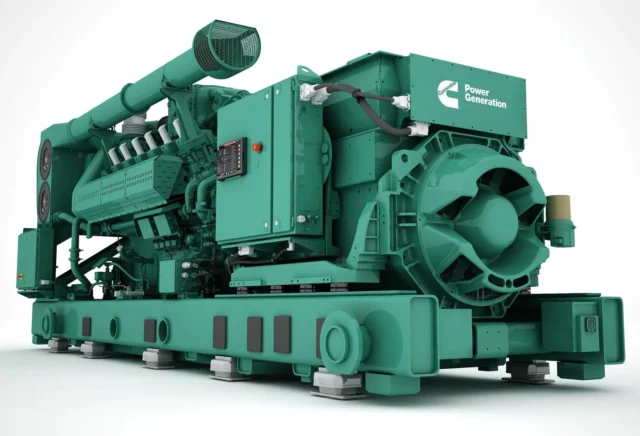I. Introduction
In power generation systems, particularly those using reciprocating internal combustion engines, selecting the correct generator rating is critical for performance, reliability, and compliance. The ISO 8528-1 standard defines performance criteria, rating classifications, and operational guidelines for such AC generator sets.
This article provides a comprehensive overview of ISO 8528-1, focusing on rating definitions, overload allowances, and duty classes, helping engineers correctly specify generators for various applications including standby power, prime power, and continuous duty.
II. Generator Set Ratings per ISO 8528-1
ISO 8528-1 defines four primary generator set ratings based on application, run time, and overload capabilities:
1. Emergency Standby Power (ESP)
- Purpose:Backup power during utility outages.
- Run Time: Maximum 200 hours per year.
- Overload Capability:❌ Not allowed.
- Load Factor:Typically up to 70%.
- Use Case:Hospitals, data centers, commercial buildings requiring emergency backup.
2. Prime Power (PRP)
- Purpose: Main power source where utility is unavailable.
- Run Time: Unlimited.
- Overload Capability: 10% overload for 1 hour every 12 hours (max 25 hours/year).
- Load Factor: 60–70% average.
- Use Case: Remote industrial operations, mines, temporary microgrids.
3. Continuous Operating Power (COP)
- Purpose: Continuous operation at a constant load.
- Run Time: Unlimited.
- Overload Capability: ❌ Not allowed.
- Load Factor: Up to 100%.
- Use Case: Base-load generation, utility export.
4. Limited-Time Running Power (LTP)
-
Purpose: Temporary operation for limited hours annually.
-
Run Time: Maximum 500 hours per year.
-
Overload Capability: ❌ Not allowed.
-
Use Case: Peak shaving, short-term utility support.
III. Overload Capabilities Summary
| Rating | Overload Allowed | Duration | Notes |
|---|---|---|---|
| ESP | No | — | Emergency use only |
| PRP | Yes (10%) | 1 hr/12 hrs, max 25 hrs/year | Designed for variable loads |
| COP | No | — | Constant, uninterrupted load |
| LTP | No | — | Limited-hour operation |
IV. Generator Duty Classes
ISO 8528-1 also classifies generator sets based on performance characteristics, especially for voltage and frequency stability. This ensures compatibility with connected loads.
| Class | Description | Application |
|---|---|---|
| G1 | Basic accuracy | Suitable for non-critical loads such as lighting or resistive heaters. |
| G2 | Intermediate control | Acceptable for most industrial equipment with moderate sensitivity. |
| G3 | High precision | Required for sensitive electronic loads (e.g., UPS input, telecom). |
| G4 | Very high precision | Rare; used for extremely sensitive and critical loads. |
V. Choosing the Right Rating for the Job
| Scenario | Recommended Rating |
|---|---|
| Utility backup for a hospital | ESP (G3 class) |
| Off-grid telecom base station | PRP (G2 or G3 class) |
| Mining operation in a remote site | PRP or COP |
| Utility peak shaving | LTP or PRP |
| Continuous grid export | COP |
VI. Engineering Considerations
-
Load Profile: Know your peak, average, and variable loads.
-
Duty Cycle: Match run time expectations with rating type.
-
Redundancy and Reliability: Critical for ESP systems.
- Fuel and Emissions: Rating affects generator fuel efficiency and regulatory compliance.
- Control System Compatibility: Ensure your controls match the selected duty class.
VII. Conclusion
Correctly interpreting ISO 8528-1 ensures that generator sets are not only compliant, but also optimized for operational efficiency and reliability. Whether for backup, off-grid, or continuous power generation, understanding these rating standards allows engineers to select the right generator for the task and avoid both under- and over-specification.
VIII. References
- ISO 8528-1:2018 – Reciprocating internal combustion engine driven alternating current generating sets – Part 1: Application, ratings and performance.
- IEEE Std 446™ – Recommended Practice for Emergency and Standby Power Systems for Industrial and Commercial Applications (Orange Book)
